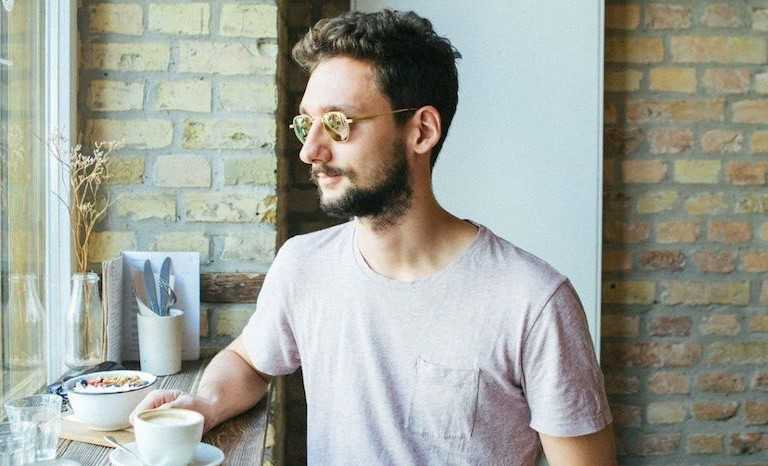MILAN — Coffee is not just taking over the world, it is sweeping through social media too. The Italian hashtag “caffè” produces 1.5 million Instagram feeds, and there are no fewer than 100 million for #coffee.
No surprise there: it was only to be expected that such a trendy product would be a smash hit online, and social media are indeed an effective platform from which to spread news about the beverage and the places that sell it.
Not that there is anything immediately obvious about how you should present coffee on social media.
Unless you are talking about a rainbow cappuccino, it is not easy to render the complexity of its appeal in a post. It certainly doesn’t have the photogenic qualities of a geometrically perfect ice cream.
To find out more, we turned to Michael Gardenia, who as well as being a great coffee drinker (there is a semi-professional machine in his studio) is also a photographer and generator of content for social media through his company fusillolab.
How is coffee communicated on social media?
You need to try and create situations. I love the world that is created around coffee, and I adore the social side of it, the fact of meeting people. But Facebook and Instagram need to be approached in different ways: Instagram is more visual, inspirational; Facebook is more suited to evoking consumer situations. For Facebook I create little stories that are always different, fun, or even everyday… like when your room-mate finishes the capsules and doesn’t tell you!
How did you get interested in coffee?
For Italians, coffee is a commodity, a craving for caffeine. I’m very attentive to where coffee comes from, I prefer micro-roasteries. Much of my inspiration comes from my foreign travels, where there is a lot to learn. In Italy we don’t always concentrate on getting the best cup of coffee. There are those who do it better.
What point is specialty coffee at in Italy right now, do you think?
There’s not really a great deal of interest in it yet. You do hear people talking about ‘single origin’, but actually, if someone tells you that a coffee is 100% Brazil, they’ll look at you like you’ve just said shoes are made of leather. People here aren’t very inquisitive, it seems to me. And yet specialty coffee is like slow food, where more attention is paid to production, roasting and finally consumption. We need to be better at getting across the idea of taking genuine care. It’s a wonderfully complex world that I am trying to communicate to the Italian public. There’s a lot of prejudice to overcome, like the idea that an espresso made abroad is undrinkable, and might cost 3 euros (shock, horror!) because it was made with a quality single-origin coffee.
What about the places, the cafés and bars?
When so much attention is being paid to the raw material being used to make cups of coffee, that effort extends to all the rest, the design, the space. The food on offer becomes more sophisticated too. In Australia I’ve seen coffee shops that looked like star-rated restaurants, but that’s just normal there, because coffee shops are viewed as “special” places, in every sense.
One last question: what are the visual elements of coffee that get ‘likes’ and generate interaction?
My top three are: number one Latte Art, then Chemex (a pour-over extraction method using a filter and a specially designed glass jug with wooden collar – ed.) and thirdly, cocktails. The more attentive sections of the public are now starting to look more closely at new extraction techniques.


















